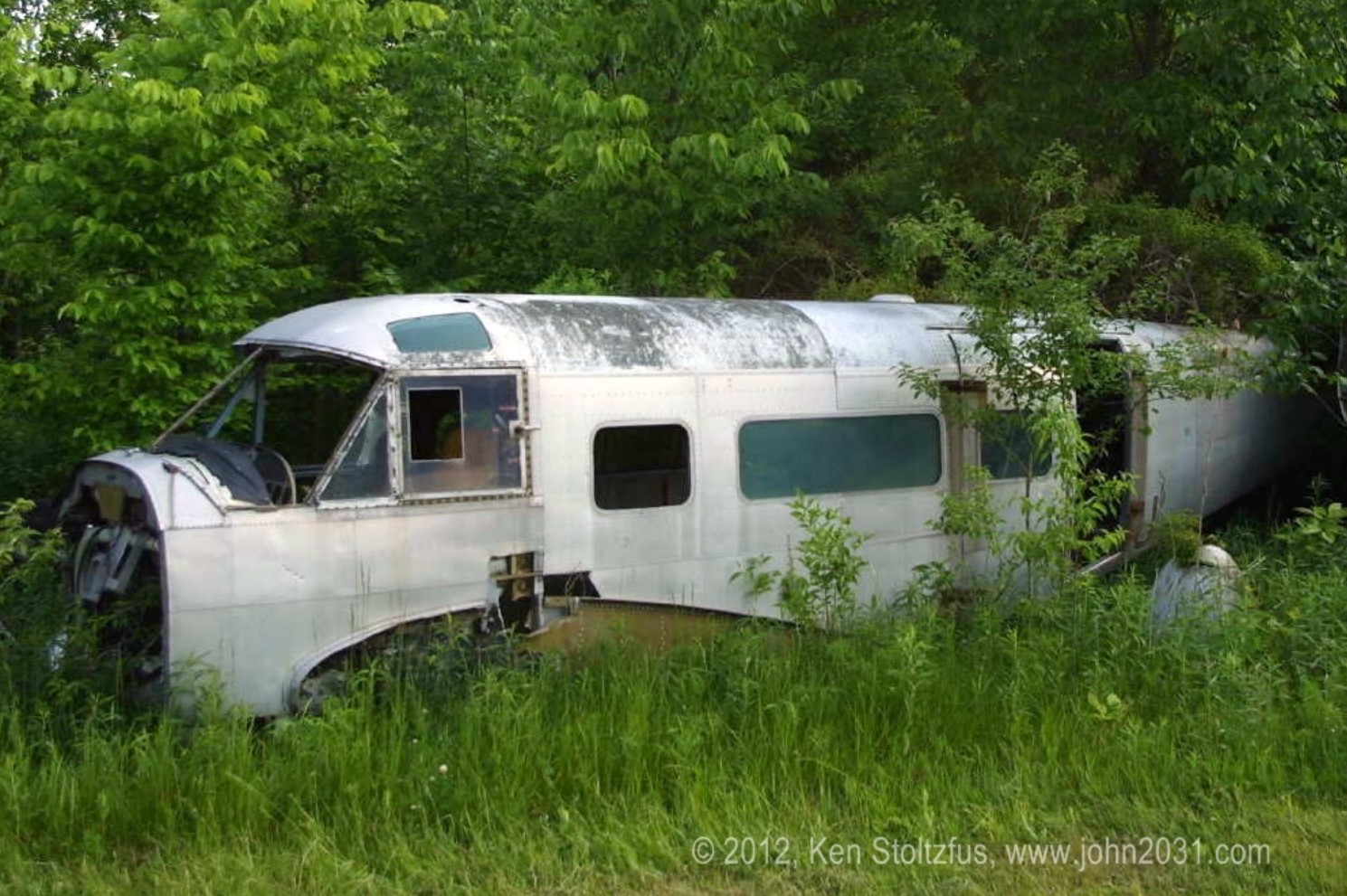Ground fire of a BAe Jetstream 31 in Erie
Date & Time:
Nov 30, 1986 at 1345 LT
Registration:
N830JS
Survivors:
Yes
MSN:
714
YOM:
1986
Crew on board:
0
Crew fatalities:
Pax on board:
0
Pax fatalities:
Other fatalities:
Total fatalities:
0
Circumstances:
While parked at Erie Airport, the BAe Jetstream 31 was hit by a private Cessna 441 registered N117EA. Both aircraft caught fire and were destroyed. There were no casualties.
Probable cause:
No investigation report was published for N830JS. Only for N117EA. So please refer to the N117EA file.






